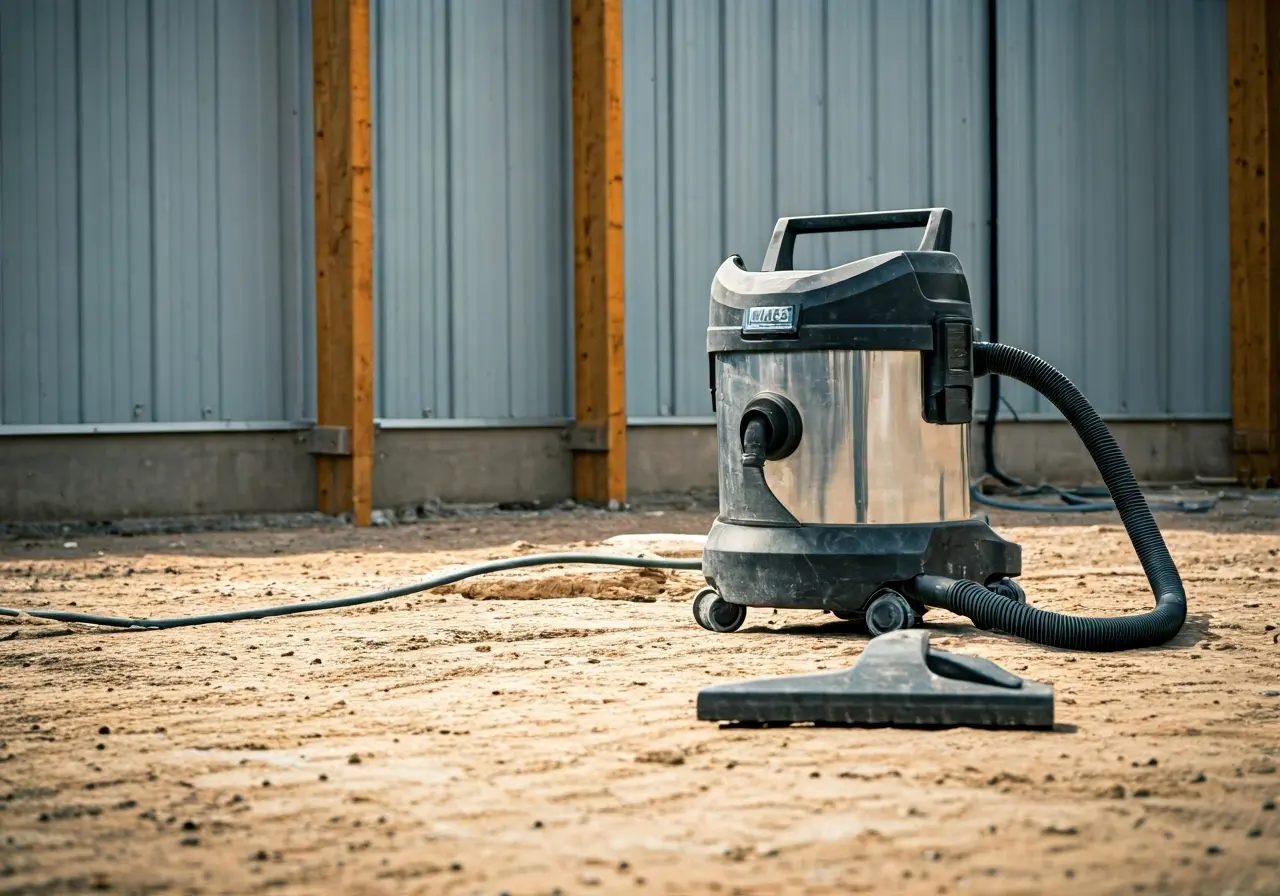Construction sites often teem with activity, creating a range of hazards for workers. Among these, airborne dust particles are a serious concern, potentially impacting health over time. Fortunately, HEPA vacuums offer a practical solution to minimize these risks. In this blog, we’ll explore how HEPA vacuums work to keep construction sites safer and healthier.
Understanding Dust Hazards in Construction
Construction sites generate a significant amount of dust, which can pose various health risks. Dust particles can range from harmless to hazardous, with materials like silica and asbestos becoming a concern if inhaled. Prolonged exposure can lead to serious respiratory issues, highlighting the need for effective dust control measures.
One of the primary reasons dust poses such a significant threat is the size of the particles. Fine dust particles are often invisible to the naked eye, allowing them to be easily inhaled without immediate detection. These small particles can penetrate into the deep recesses of the lungs, potentially causing or exacerbating chronic conditions such as asthma, silicosis, and other respiratory diseases. It’s essential for construction managers to acknowledge these risks and implement effective solutions like HEPA vacuums to maintain safer work environments.
Beyond health implications, dust accumulation can hinder visibility and obstruct communication on site. When clouded in dust, coordination between workers becomes challenging, increasing the risk of accidents. Additionally, dust can negatively affect the precision and functionality of tools and machinery. Dust particles infiltrate machinery, leading to malfunctions or increased wear and tear. To mitigate these issues, integrating efficient dust control systems is of paramount importance.
How HEPA Vacuums Work
HEPA vacuums are equipped with high-efficiency particulate air filters, which capture dust particles as small as 0.3 microns at a 99.97% efficiency rate. This makes them incredibly effective in filtering out the fine dust typically found on construction sites, reducing airborne contaminants and creating a safer work environment.
The technology behind HEPA filters is based on a dense mat of fibers arranged in a way to trap small particles. As air flows through this mat, particles get caught through a combination of interception, impaction, and diffusion. This intricate process ensures that even the tiniest particles are removed from the air, leaving the environment significantly cleaner. It is crucial for construction sites to employ HEPA vacuums, especially during activities that generate high levels of dust, such as cutting, drilling, or sanding.
Benefits of Using HEPA Vacuums in Construction
Beyond improving air quality, HEPA vacuums contribute to a cleaner workplace, enhancing visibility and reducing the risk of accidents. They are particularly useful in renovation projects where dust containment is critical. Furthermore, HEPA vacuums can extend the lifespan of other equipment by preventing dust buildup.
Another advantage of using HEPA vacuums is their ability to help construction companies comply with strict health and safety regulations. Utilizing these vacuums can demonstrate a commitment to maintaining a safe and responsible worksite, which is a key factor in avoiding potential fines or shutdowns due to regulatory violations. Additionally, creating a cleaner environment with the use of HEPA vacuums can boost worker morale and productivity, as employees are more likely to work efficiently in a space that is free from harmful contaminants.
Integrating HEPA Vacuums into Construction Practices
Incorporating HEPA vacuums into daily construction operations requires planning. It’s essential to train workers on proper usage and maintenance to maximize their effectiveness. Regularly scheduled vacuuming can help keep dust levels in check, ensuring compliance with safety regulations and promoting a healthier worksite.
One effective strategy for integrating HEPA vacuums is to designate specific times during the workday for thorough cleaning sessions. This structured approach not only ensures consistency but also allows for the monitoring of dust levels and equipment performance. Workers should be educated not just on operating the vacuums but also on identifying high-risk areas where dust may accumulate. Frequent inspections and maintenance of the vacuums are key to ensuring they function at optimal efficiency, preventing any decrease in filtration capability over time.
Ensuring a Safe and Healthy Construction Environment
In the fast-paced world of construction, safety should always be a top priority. HEPA vacuums are a powerful tool for managing dust hazards, ensuring that workers breathe easier and work in a safer environment. By understanding their benefits and integrating them into daily operations, construction companies can foster healthier workplaces and contribute to the well-being of their teams. Visit our homepage to learn more about how our tools can help keep your job sites safe and efficient.






Leave a comment
This site is protected by hCaptcha and the hCaptcha Privacy Policy and Terms of Service apply.